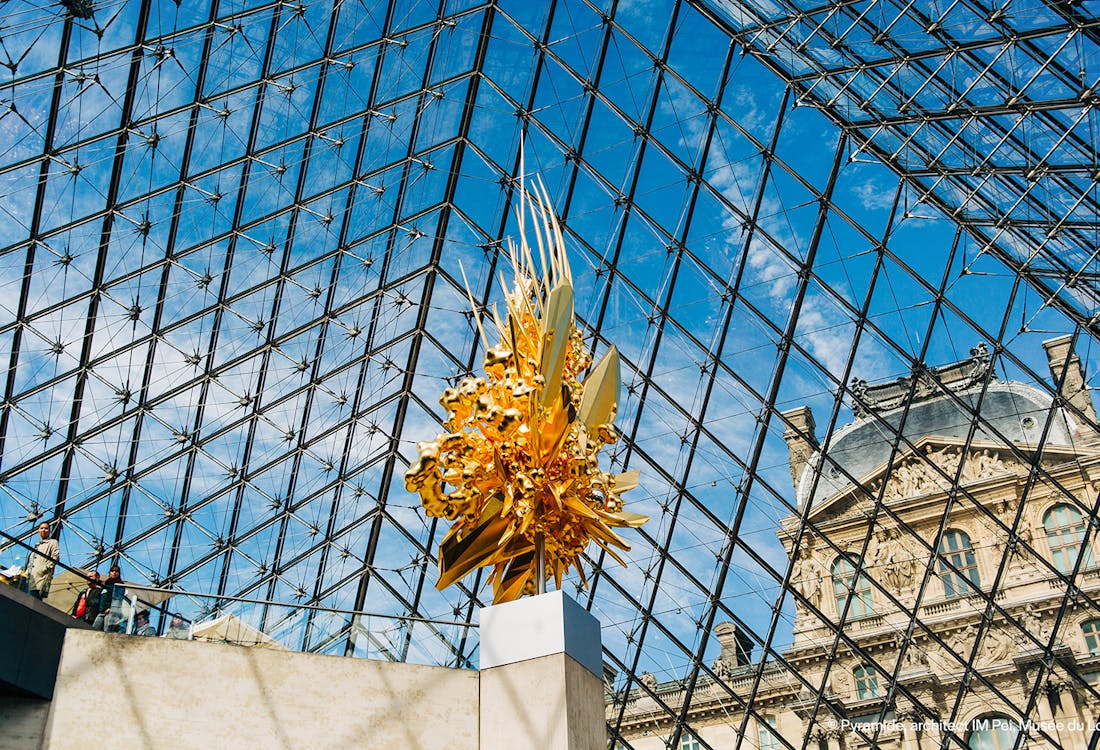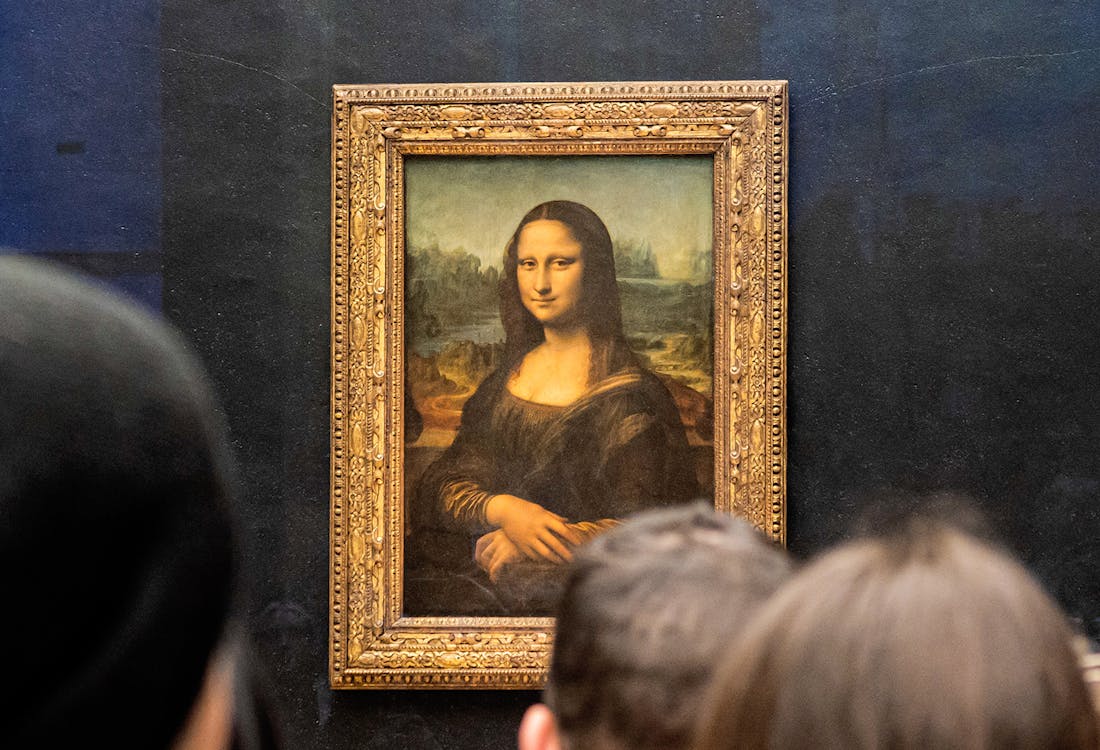The 800-year story of the Louvre Museum is one of transformation from a fortress to a royal palace, finally becoming a museum after the French Revolution. Throughout its history, it has seen many significant events, including the 1911 theft of the Mona Lisa. Today, the Louvre is the largest museum globally and arguably the premier repository of world art. Before visiting, get a gist of the Louvre's remarkable evolution and discover how it became the iconic institution it is today.
Recommended tickets to Louvre Museum
When the Louvre Museum was a fortress
Eight centuries ago, the Louvre served a different purpose. Commissioned in 1190 by King Philip II, this grand fortress was a bulwark against northern invasions, especially from the English. Its design boasted formidable defenses: a keep, a curtain wall completed by 1210, and 10 strategically placed towers. A wet moat encircled the fortress, paired with an inner dry moat measuring 9 meters wide and 6 meters deep.
Over the years, its role has evolved. King Louis IX expanded it, adding administrative chambers and a chapel. By the early 14th century, Philippe IV rebalanced its layout by adding more rooms. After a revolt in 1358, King Charles V transformed the fortress into a luxurious royal residence, adding grand spiral staircases, over 100 windows, turrets, and the Royal Library. The remnants of this medieval stronghold still lie beneath today's Louvre.
Louvre Museum when it was the Royal Residence
The transformation of the Louvre from a daunting fortress to a luxurious royal palace was cemented by King Charles V in 1364 when he extended the city walls to protect Paris suburbs. Under the direction of architect Raymond du Temple, the fortress underwent a remarkable transformation; balconies, towers, and resplendent residential rooms sprung up while lush gardens and expansive landscapes invited tranquility amidst the Paris bustle. The tower library, lined with decorative wood panels, once held a vast treasury of books on politics, philosophy, and human nature.
After periods of neglect, King Francis I revived the Louvre’s splendor in 1527 by introducing Renaissance elements. Friend of Leonardo Da Vinci and a patron of Italian arts, Francis ushered in an era of cultural renaissance. Significant modern remnants of this period include the Lescot Wing, which is distinguished by intricate Renaissance sculptures and ornate façade details by Pierre Lescot and Jean Goujon.

Louvre Museum during the French Revolution
In May 1791, the National Constituent Assembly designated the Louvre as a cultural hub for sciences and arts. After Louis XVI's imprisonment on August 10, 1792, the royal collection within the Louvre became public property. This shift aimed to utilize royal assets for societal benefit. The National Assembly opened the Louvre as a museum on August 10, 1793, featuring 537 paintings, primarily confiscated from churches and royal estates.
Napoleon Bonaparte renamed it Musée Napoleon, increasing the collection with pieces from military conquests and donations. In 1814, after Napoleon's fall, around 5,000 artworks were returned to their origins, and the museum reverted to its original name, the Louvre.
The theft of Mona Lisa

Without question, the Louvre’s most famous work is Leonardo da Vinci’s Mona Lisa. Despite her imposing influence, the painting itself is quite small, measuring just 21 by 30 inches, protected by bullet-proof glass and constant vigilance. This intense security is a direct consequence of the painting being stolen in 1911, an event that transformed it from a relatively obscure piece into a worldwide sensation.
On August 21, 1911, the Mona Lisa was stolen from the Louvre. The mastermind behind the theft was Vincenzo Peruggia, an Italian handyman who had once been employed at the museum. With the help of the Lancelotti brothers, Peruggia hid in the museum overnight. As the museum closed, they stealthily removed the Mona Lisa from her place, dismantling her frame and glass enclosure before wrapping the painting in a blanket. The next morning, they just walked out of the museum. It took a full 24 hours before anyone realized the painting was missing, by which time Peruggia had stashed it away in his Parisian apartment.
The consequence of the theft was unprecedented. Newspapers around the globe splashed the heist across front pages, elevating the Mona Lisa's status to that of a celebrity. Initially, suspicion fell on notable figures such as French poet Guillaume Apollinaire and even the famous painter Pablo Picasso, both of whom were briefly detained but subsequently cleared. For over two years, no one knew about the painting's whereabouts. Then, in 1913, Peruggia attempted to sell the artwork to antique dealer Alfredo Geri in Florence. Geri quickly notified authorities, leading to Peruggia's arrest when he returned to finalize the deal. Claiming patriotic motives, Peruggia believed the Mona Lisa rightfully belonged in Italy. He was sentenced to over a year in prison. The painting, retrieved unharmed, was returned to the Louvre, solidifying its iconic status and leaving a rich tale of intrigue in its wake.

